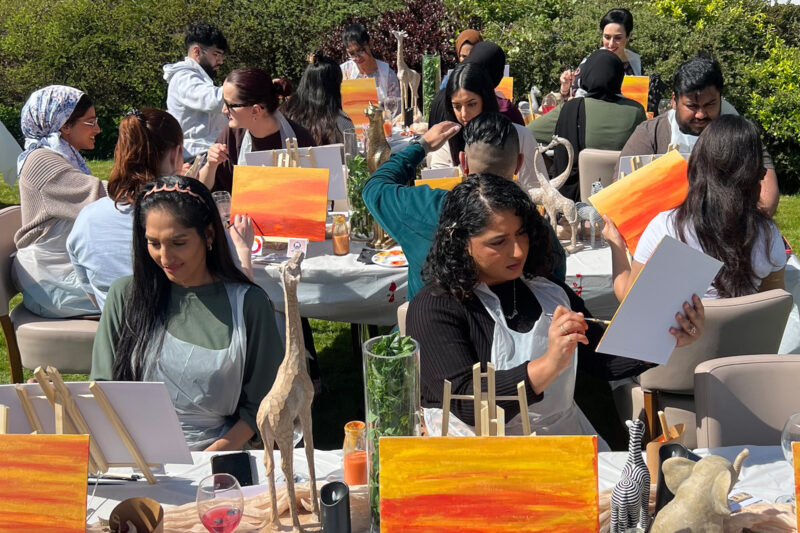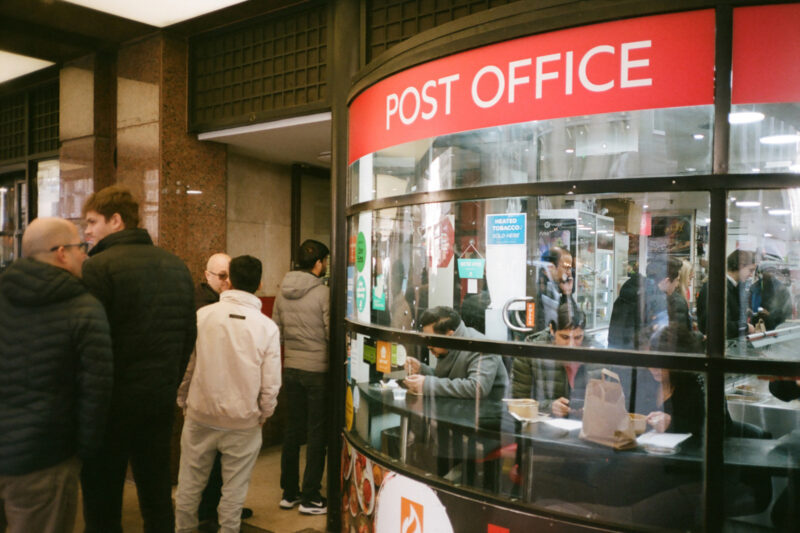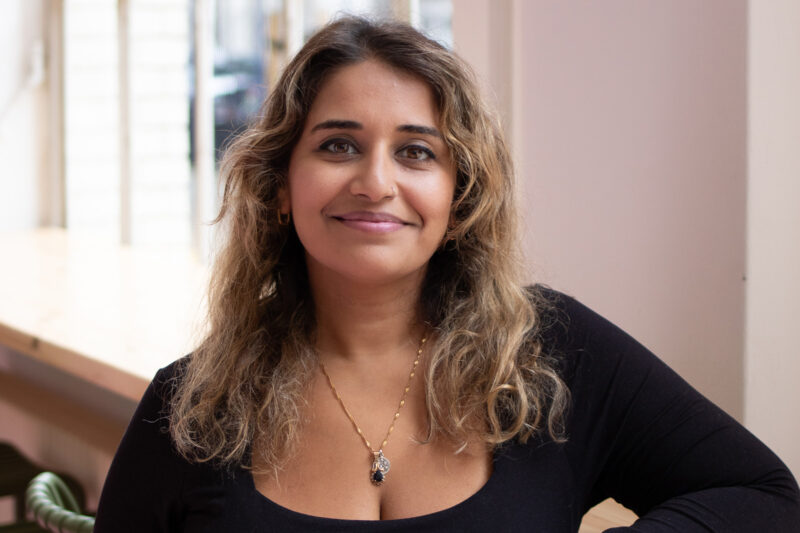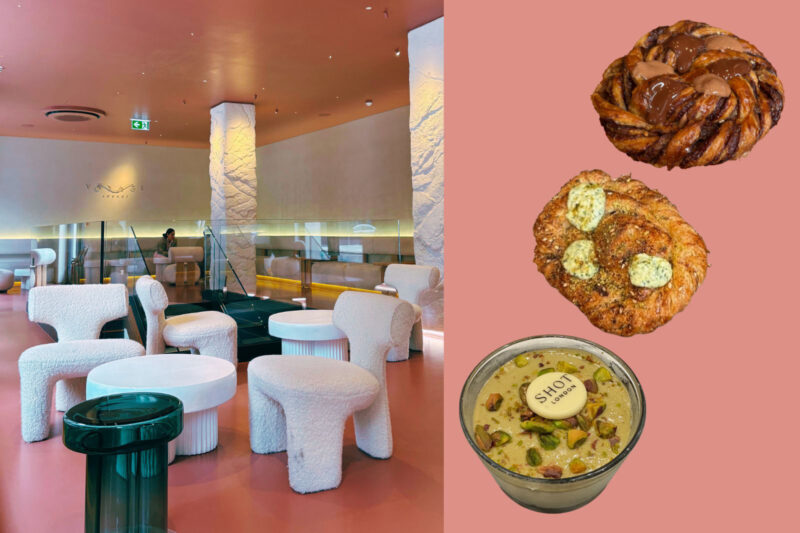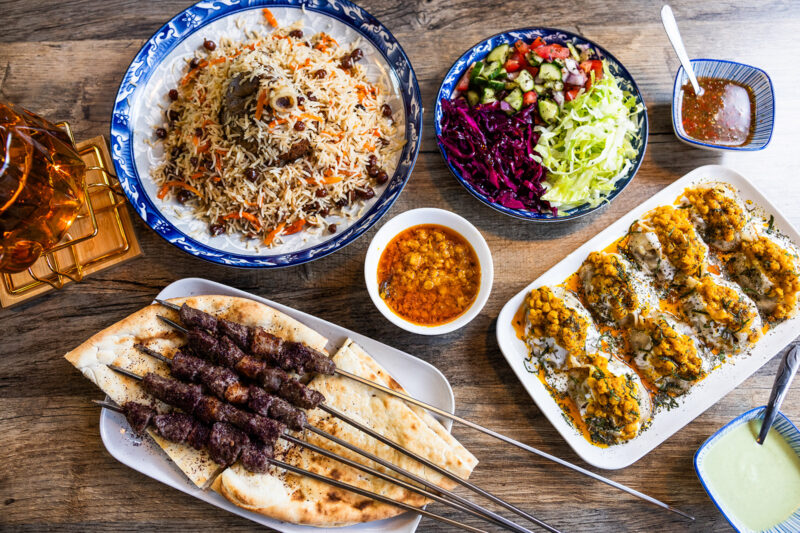Moss Side — from no-go zone to culinary hotspot
In the 1990s, one inner-city neighbourhood became synonymous with Manchester’s rising tide of gang and gun crime. Now it’s a vibrant community, serving up cuisine from East Africa, the Caribbean and beyond
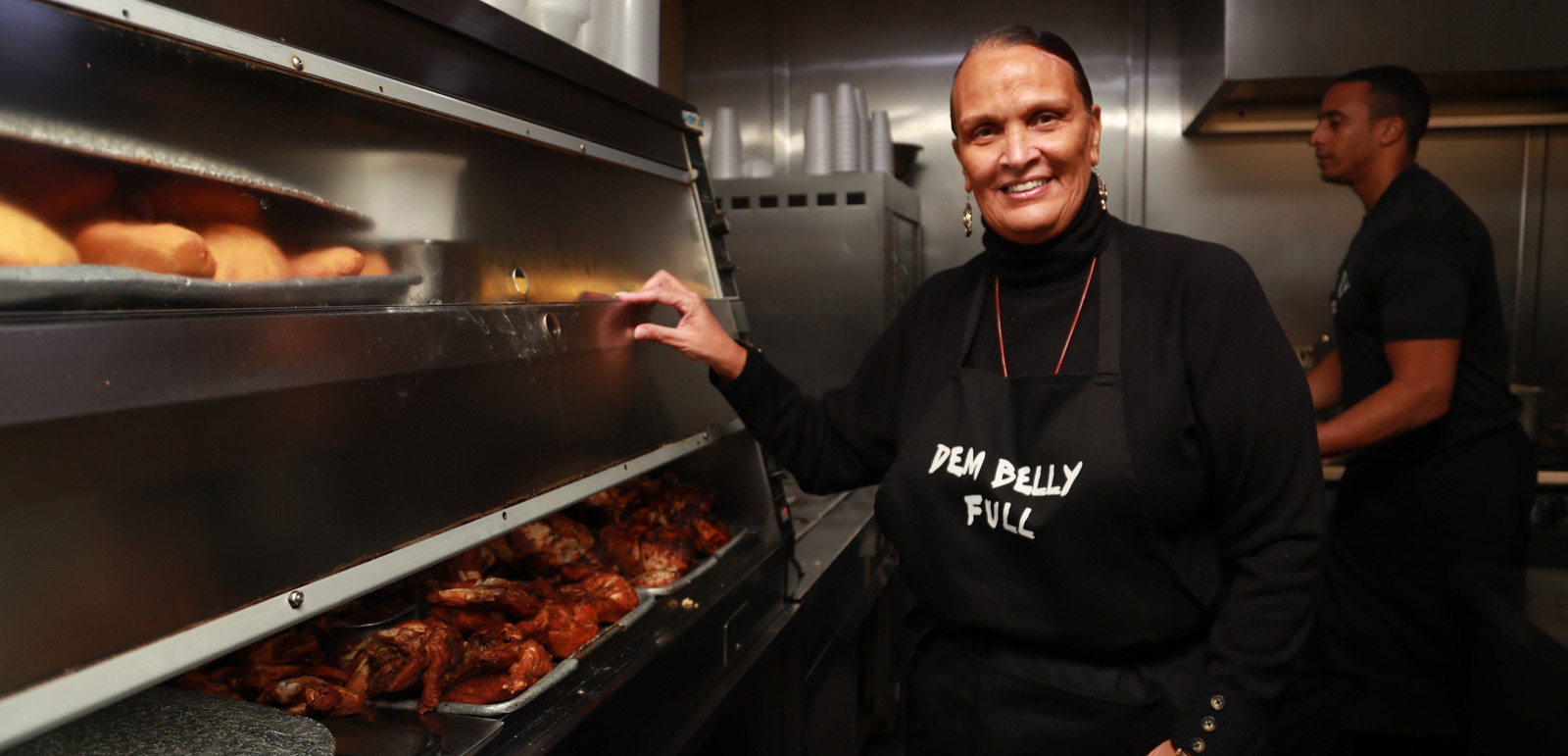
Back in the 1990s, the mere mention of Moss Side was enough to strike fear into the hearts of many Mancunians. This small working-class neighbourhood on the south side of Manchester was widely viewed as the epicentre of a spike in gang-related shootings that had led to the city being renamed “Gunchester” by the popular press. Three decades on, though, it is an energetic, but overlooked corner of the city — and home to some of the best food in the north-west of England.
Moss Side began as a sleepy village outside Manchester’s borders. By the mid-1800s it had been absorbed into the city, providing housing for thousands of cotton mill workers. It also became a gateway for new arrivals from around the world: labourers from Ireland and Poland, then African seamen in the 1920s. Later, when the British government invited Commonwealth citizens to rebuild the country and its economy after the Second World War, communities from India and the Caribbean were established.
Unlike some other places in the UK, these waves of migration were accepted with little fuss. The residents of Moss Side formed a diverse, but close-knit community. There were youth groups, church socials and football teams. Clubs such as The Reno and The Nile made the area a hub of Afro-Caribbean nightlife, filled with people playing dominoes and dancing into the early hours to the latest imported funk and soul records.
“I’ve always known Moss Side as this vibrant place,” said Farida Anderson, co-owner of the much-loved local Caribbean restaurant Buzzrocks. “The parties were at all hours and everybody knew everybody. I loved it.”
Farida was born in north Manchester to a Somali Muslim father and white English mother in 1961. When she was 17, her father tried to push her into an arranged marriage. She refused and left home. Settling in Moss Side, she threw herself into local life and met her husband Buzz Anderson, who had moved there from Jamaica in 1976.
Back then — unlike the Indian and Pakistani cafes of nearby Rusholme — Caribbean restaurants and takeaways didn’t exist in Manchester. “People sold food from their homes or cooked the food for parties,” Farida explained. “After a night out at the clubs, someone would put out a jerk pan and sell food from that.”
Buzz was one of the people that cooked up a storm when the music stopped, serving up Jamaican staples such as jerk chicken, pepper steak and saltfish patties. A committed Rastafarian, he and Farida connected on many levels, including their shared beliefs — and, like Muslims, Rastafarians don’t eat pork.
The couple got together during a difficult time for Moss Side. Whole streets were being demolished in government-ordered “slum clearances”. Jobs were moving south, which led to rocketing unemployment rates, especially during Britain’s deindustrialisation of the 1970s and 80s. The community was disintegrating. In 1988, the Andersons started a catering business, selling food outside the Moss Side Precinct shopping centre and at local Caribbean carnivals. They worked at Glastonbury festival, then went on tour with Sinead O’Connor and the Stone Roses.
When they grew tired of life on the road, Buzz and Farida opened a brick-and-mortar place on Stretford Road in Hulme, a stone’s throw from Moss Side. Buzzrocks quickly established itself as a trailblazer for food in the area. All its dishes are halal and the most popular is jerk chicken on “half and half” — a nod to the Chinese chippies of the north-west, comprising equal quantities of chips and rice and peas. Most of the customers are local, including Chinese students and Somali and Pakistani worshippers from the local mosques, but it is not unusual for people to visit from miles away. Tasting the crispy char on the chicken skin and the kick of heat from the aromatic jerk marinade, it’s easy to see why.
Like Buzzrocks, Farida’s family history is foundational to the local food scene. Her father, “Charlie” Ali, ran the Plaza Cafe on Upper Brook Street in nearby Longsight from the 1970s to 1990, serving fiery “suicide sauce” curries that became legendary among students and ravers. The cafe was one of the first Somali-owned businesses in Manchester and notable as the city’s first restaurant to receive a licence to trade until the early hours.
Despite its troubles, Moss Side has continued to provide a home for new arrivals to Manchester. Many of the more recent additions have been from Eastern Europe, Pakistan, Libya and Syria, but the East African community can take most of the credit for the area’s transformation from alleged no-go zone to culinary hotspot.
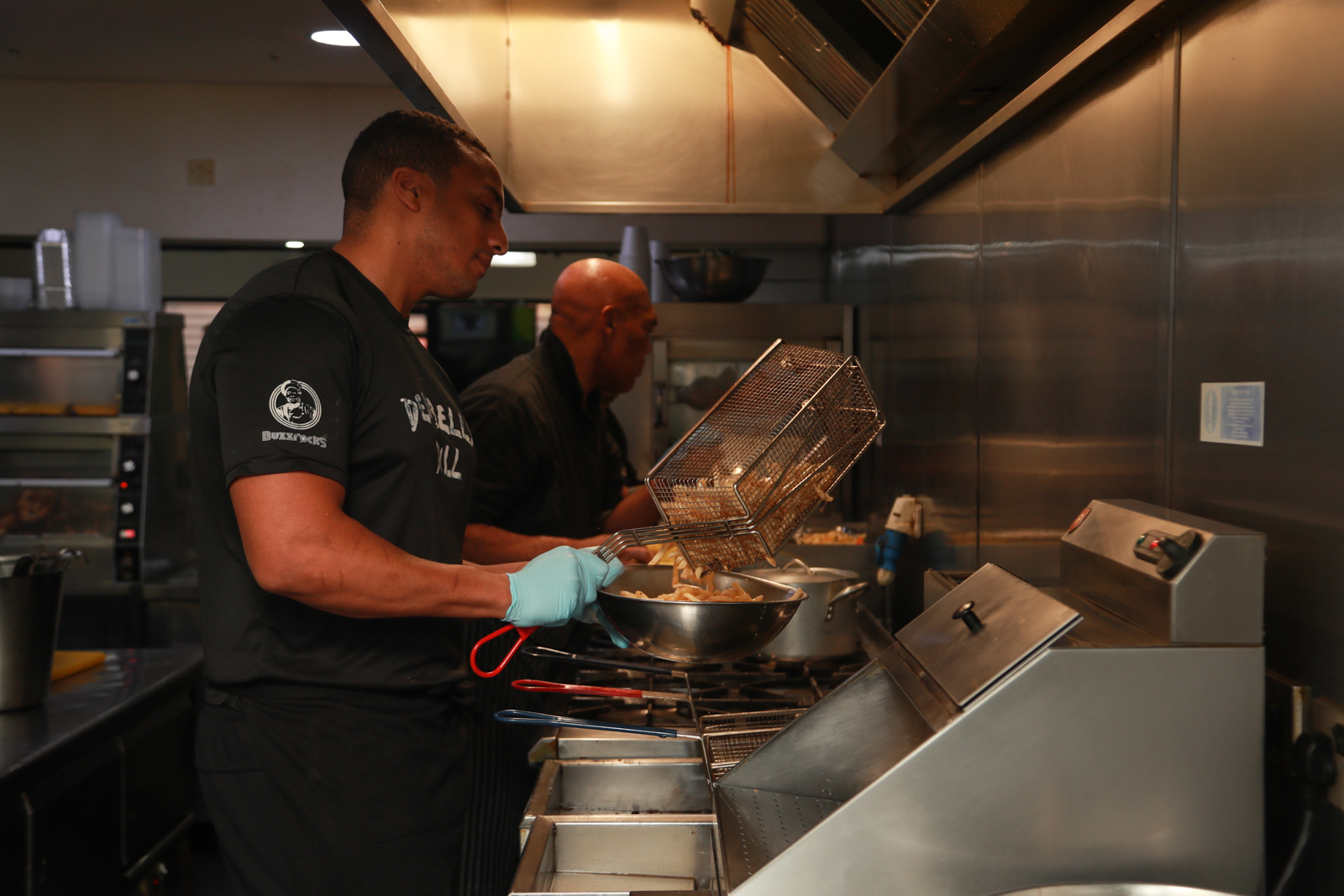
Rows of shops line Claremont and Princess Roads, selling Islamic prayer rugs and oud, offering internet services and money transfers, advertising flights to Nairobi, Hargeisa and Mogadishu. A number of cafes and restaurants serve traditional Somali food and drinks. In recent years, they have been joined by establishments cooking up dishes from other parts of North and East Africa.
In contrast to the expensive and underwhelming eateries of the city centre, the food in Moss Side is generous, easy on the wallet and, most importantly, delicious.
Bello’s Kitchen is the newest Somali restaurant on the scene. It was started by 28-year-old Naima Mohamed, who was born in Mombasa, Kenya, and moved to the UK in 2005. Like many of us who re-evaluated our lives under lockdown, Mohamed realised her dream of starting a food business during the Covid-19 pandemic.
“I come from a family of 12 kids — nine boys and three girls,” she told me. “I am the oldest girl, so I was always babysitting my siblings and cooking for them, but I hated cooking the same thing over and over again. I’d explore different cuisines — Arab, American, Kenyan, Somali — and add my own touches. My brothers loved my food and started encouraging me to take it more seriously.”
One evening, Mohamed’s younger brother sat her down with a sheet of paper and pushed her to devise a menu. Two days later, she announced on Instagram that she was selling her food online and would deliver locally. The venture was so popular that in March of this year, she signed the lease on premises in Moss Side to be closer to her Somali clientele.
In some respects, Bello’s is a family concern. Mohamed’s mother helps with the cooking, a cousin assists with the cleaning and her brothers work front of house. But it is Mohamed’s business and its success or failure rests on her shoulders.
I visited on a chilly Sunday afternoon, hours before England kicked off against Senegal in the World Cup. Owing to its position at the crossroads of an ancient trade route between India and China, and the Middle East and Southern Europe, Somali cuisine is wide-ranging and full of external influences. The array of carbohydrates that make up the base of a traditional meal offer a good illustration of this heritage. You might choose between pasta, a legacy of Italian colonisation, rice or chapatis, introduced to Somalia via Arab and Indian traders, and ugali or anjero, staples from neighbouring Kenya and Ethiopia.
The menu at Bello’s is similarly eclectic. There are Somali takes on lasagne and spaghetti bolognese, spiced rice with roast lamb or chicken, topped with translucent fried potatoes stained orange. I order the “chapati rounders”, a selection of four dishes served with some of the softest flatbreads I have ever eaten. The beef and chicken suqaar are Somali soul food stews that show off Mohamed’s keenness to experiment with tradition. The beef version, cooked with peas, sweetcorn and potatoes, has a clean, restorative flavour, like a home-cooked casserole. The chicken is rich and comforting, like a creamy soup with a hint of spice.
I end up falling in love with two vegetable dishes, however: the Kenyan kidney bean stew mahrago and the Somali spinach. Both have a depth of flavour — warmth from a homemade clove, cinnamon and cardamom-heavy spice mix known as xawaash; tang from tomatoes and a final squeeze of lime — that has me ordering extra to take home. I share them with my family alongside a portion of ugali, a polenta-like cornmeal porridge that my East African-Asian mother has eaten only a handful of times since she left Kenya in 1973.
Since Mohamed opened, business has been brisk.
“Moss Side is friendly, chilled, it’s a whole vibe,” Mohamed told me. “I love working here. I get young girls, young guys coming to the restaurant, Somali aunties and uncles. Everyone is welcome and comfortable. But I do feel like it has a reputation based on what the media have portrayed it to be. People see the negatives, because that’s what they’re looking for and I feel that limits me.”
At the height of the gang-related violence of the 1980s and 90s, Moss Side was a neighbourhood that most Mancunians avoided. The legacy of that time continues to hang over the neighbourhood, which still tends to appear in the press only when there’s something stereotypically bad to report. Friends ask me whether it is safe enough to visit, but I come here all the time. Everywhere I look, I see attempts to leave the past behind. Wildflowers have been planted on empty plots of land. An alley has been turned into a community garden, growing beans and pumpkins. Colourful murals decorate the sides of end-of-terrace houses.
The pavements are also alive with chatter. Somali men sip tea outside the Bahar café, Sudanese and Djiboutian men look for somewhere to eat after prayers, young Ethiopians and Eritreans shuffle decks of cards in the street as they head inside the Mesob restaurant for a game of billiards.
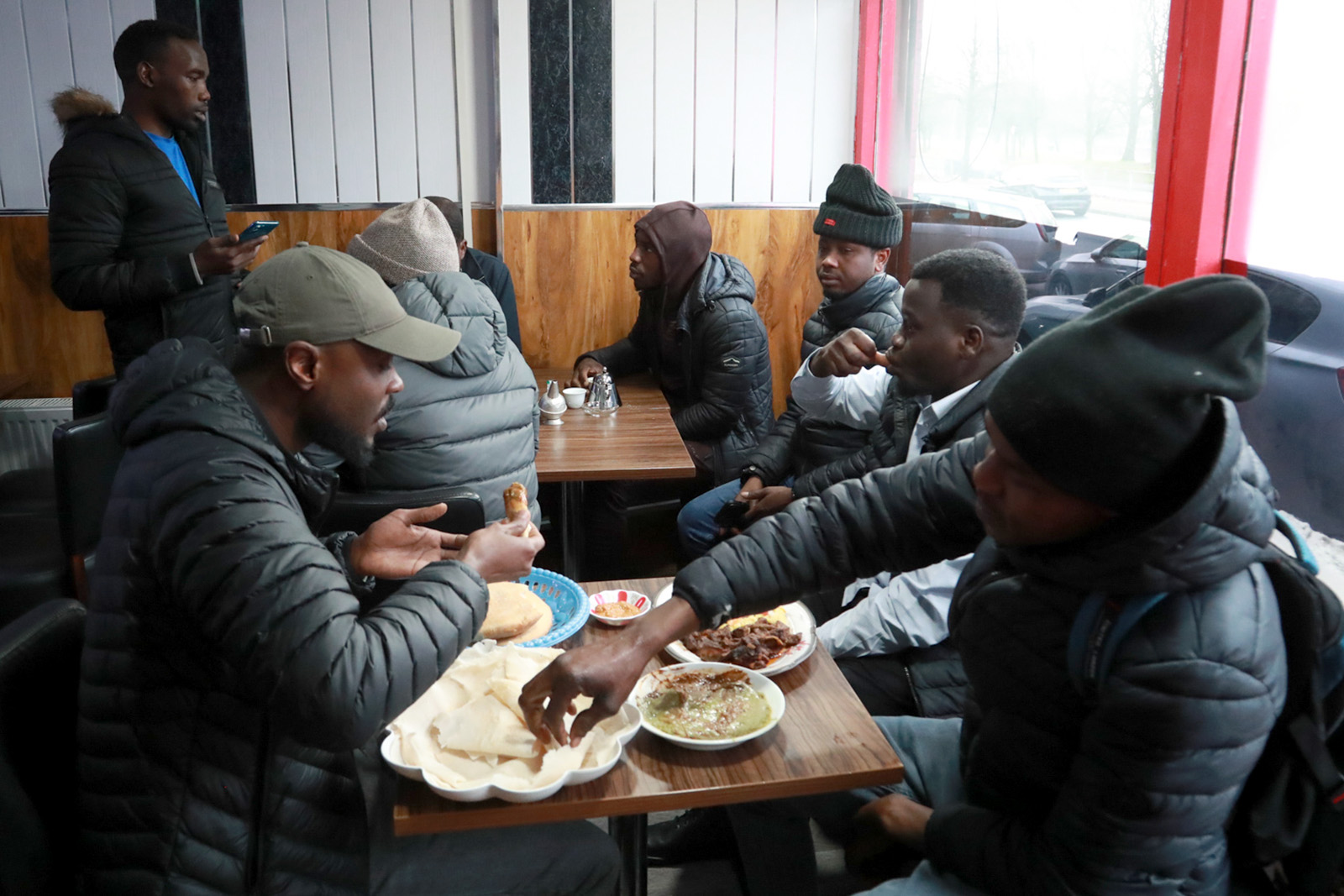
Haviz Abdulallah, 32, is the owner of the Sudanese House Café at the end of Princess Road. Established five years ago, it features a range of national dishes, cooked fresh every morning by Abdulallah’s sister, Naeema.
Abdulallah came to Britain in 2012 as a refugee from Darfur, initially living in Bradford and later joining the growing Sudanese community in Moss Side. It was then that he saw a business opportunity.
“When I came here, I saw that we didn’t have any restaurants making our traditional food,” he said. “Sudanese people have only been moving to Manchester recently, from 2007 to 2012, so we didn’t have a place of our own.”
On the Saturday afternoon that I visited, the cafe was extremely busy. Nearly all of its patrons were men. Some were talking on their phones, some watched football on a wide-screen TV, while other groups of friends chatted, laughed and shared large trays of food. The smell of fresh coffee was thick in the air and I approached the counter and asked for whatever was good that day.
I sat by a window, looking out onto the estate on Quinney Crescent — the site of the Moss Side riots of 1981. Exhausted by decades of discrimination, dwindling economic opportunities and racist policing, the area’s Afro-Caribbean community rose up in anger. Businesses along Princess Road were attacked and looted, the Moss Side precinct petrol-bombed. Up to a thousand people descended on the local police station, smashed its windows and torched its vehicles. One policeman was shot in the leg with a crossbow.
As I waited for my food, I revisited photographs from that time on my phone. I was new to Sudanese cuisine and had no idea what to expect. What arrived was impressive. Arranged on a silver platter, known as a seniyya, were a selection of dishes designed to be shared. Red lentils were cooked down into a moreish, hummus-thick paste and topped with crumbled feta. Okra featured prominently, blended into an unctuous, grassy-tasting gravy in the bahmia mafrook, chopped up and served with chunks of lamb and a little sauce in the bahmia tabiq. A pan-fried lamb dish, known as shaiyeh, was rich with sweet onions and spice.
Sudanese cuisine is an enticing mix of West African, Ottoman and South Asian influences. As a result, I couldn’t help interpreting the food through my own heritage. The shaiyeh reminded me of the dry, intensely gamey curries of Southern India, the bahmia tabiq of my mother’s bhindi gosht. The flavour profile is generally mild — heat is optional, provided by a peanut-based chilli sauce known as shatta bil dakwa — but it has the earthiness that comes from liberal use of cumin and coriander powders, and the caramelised complexity that is created when tomatoes and onions are cooked down with them.
With customers lingering long after they have eaten, the Sudanese House Cafe can feel more like a community centre than a restaurant. When I told Abdulallah this, he just smiled. “Some people only have a cup of tea, but it’s OK. We are all like a family. If somebody doesn’t eat today, they will eat tomorrow. We like to help people. If you don’t have money, we will feed you,” he said.
He added that, in the evenings, people sometimes come to the restaurant to talk about their problems. Some need assistance filling in government forms, or referrals to estate agents, solicitors and charities. Abdulallah and other members of the community are quick to share their connections and their own experiences.
Sudanese House is also frequented by Ethiopians, Eritreans, Saudi Arabians and Egyptians; countries with which Sudan shares a language, a culture and/or a border. The ability of food to unite communities is also visible whenever I visit Merhaba, an Ethiopian restaurant that has been a stalwart of the Moss Side food scene for the past 13 years.
Owner Sara Salim moved to Manchester from Nazret, a city 60 miles south of Addis Ababa, in 2009. Based on Claremont Road, she sells an Ethiopian Muslim version of the Yemeni rice and meat dish zurbiyaan. In a concession to the area’s substantial Somali community, she dishes it up with a ripe banana and a lethal coriander-chilli chutney.
Whenever I visit, I am rewarded with a massive portion of steaming-hot and deeply savoury rice. It comes with chunks of tender stewed lamb or chicken, a sweet, burgundy-tinted tomato sauce, richer than any Italian nonna’s, and gorgeous pieces of lemon peel.
Sitting down with me on a Friday morning before the lunch rush that follows Jummah prayer, Salim explained that she begins cooking at 10 every morning, with the aim of serving lunch at 2pm. She’s a reluctant interviewee: full of confidence in her food, but unable to understand why I would want to talk to her about it. When the conversation turns to Moss Side and its residents, she comes to life.
“Before I started, many people told me it’s a dangerous place, but it’s been nearly 14 years now and I don’t see anything. There’s Somali people coming here, Jamaican people coming here. They’re so friendly — they all call me Mum,” she said “People are happy here. Everybody, for me, is love.”
 Newsletter
Newsletter


